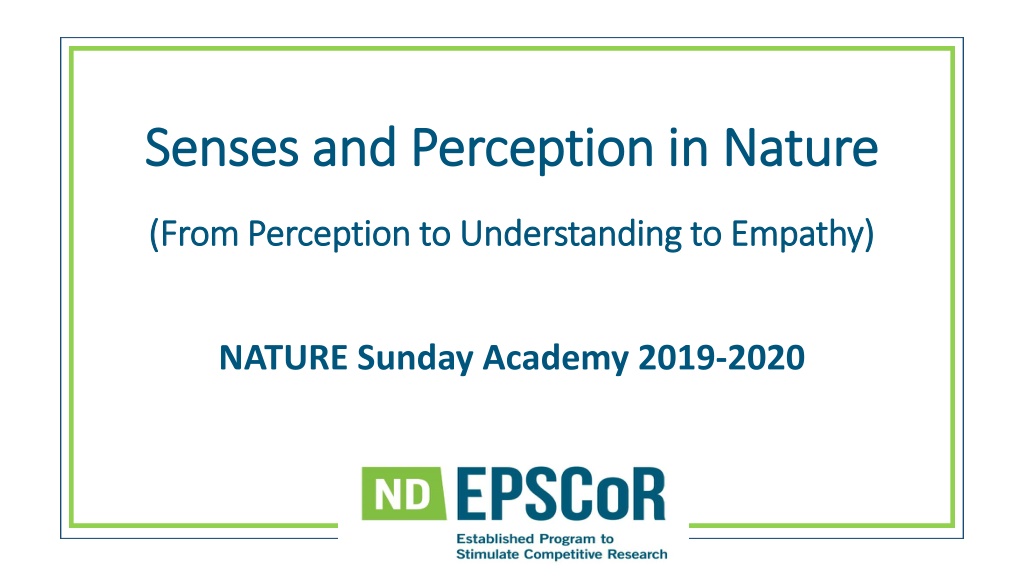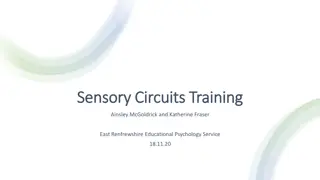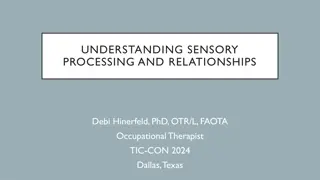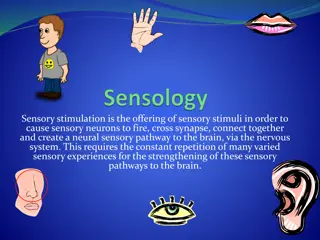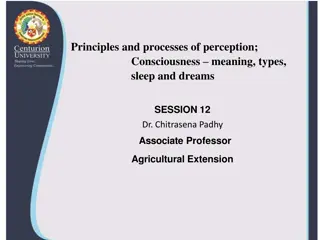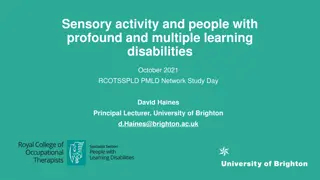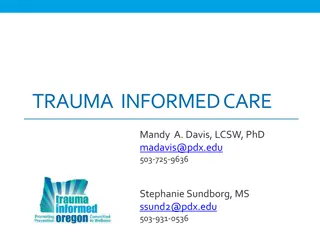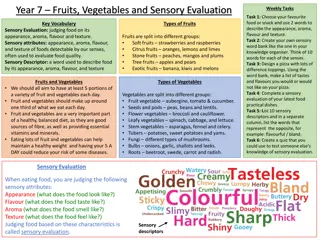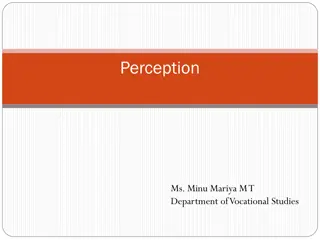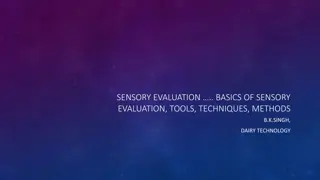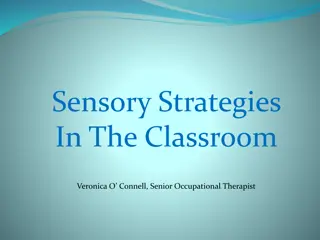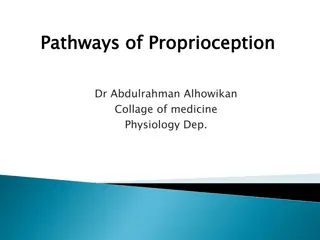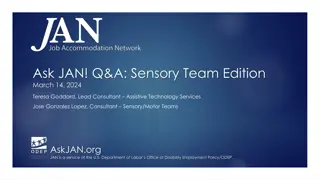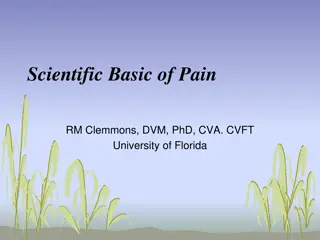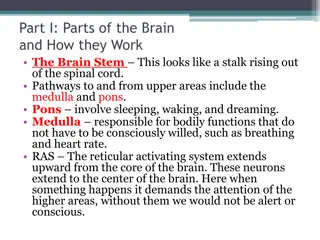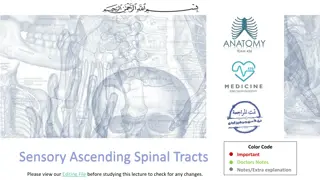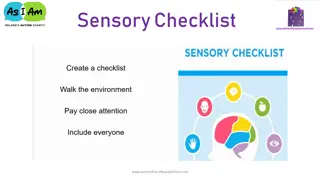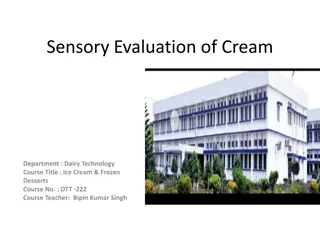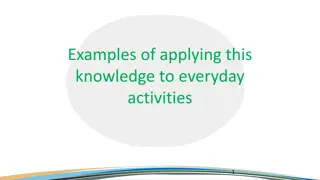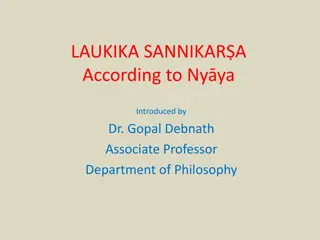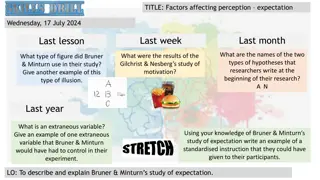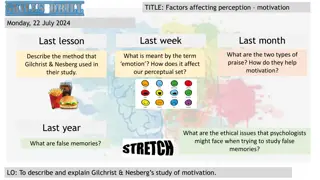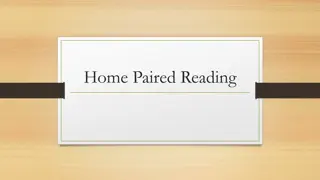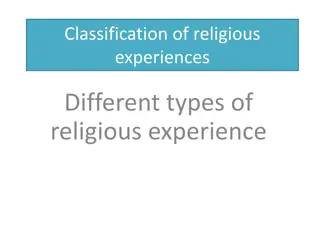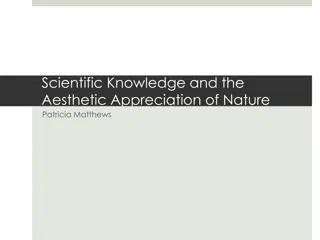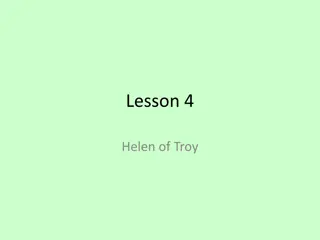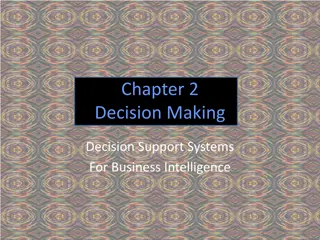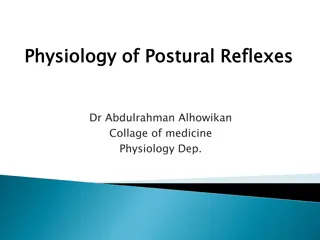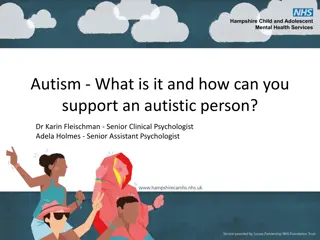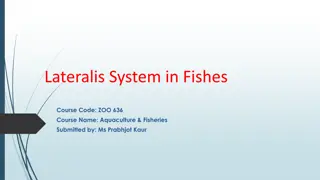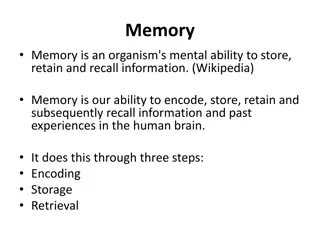Understanding Sensory Perception in Nature
Sensory perception in nature explores the diverse ways organisms detect stimuli, encompassing traditional senses like sight and touch, as well as lesser-known senses such as thermoception and proprioception. Other organisms, including animals and plants, exhibit unique sensory abilities that aid in their survival. The possibility of losing senses and the concept that perception leads to understanding, culminating in empathy, are also discussed.
Download Presentation

Please find below an Image/Link to download the presentation.
The content on the website is provided AS IS for your information and personal use only. It may not be sold, licensed, or shared on other websites without obtaining consent from the author. Download presentation by click this link. If you encounter any issues during the download, it is possible that the publisher has removed the file from their server.
E N D
Presentation Transcript
Senses and Perception in Nature Senses and Perception in Nature (From Perception to Understanding to Empathy) (From Perception to Understanding to Empathy) NATURE Sunday Academy 2019-2020
The Senses The Senses A sense is a physiological capacity of organisms that provides data for perception. The nervous system has a specific sensory nervous system, and a sense organ, or sensor, dedicated to each sense. Humans have a multitude of sensors: Sight (vision), Hearing (audition), Taste (gustation), Smell (olfaction), and Touch (somatosensation). These are the five traditionally recognized The senses are frequently divided into exteroceptive and interoceptive:
Other Senses The ability to detect other stimuli also exists, and these include: Temperature (thermoception), Kinesthetic sense (proprioception), Pain (nociception), Balance (equilibrioception), Vibration (mechanoreception), and Various internal stimuli (e.g. the different chemoreceptors for detecting salt and carbon dioxide concentrations in the blood, or sense of hunger and sense of thirst).
Other Senses from other organisms Other organisms have unique ways of detecting stimuli, and these include: Most animals have advanced senses of electroreception and detection of polarized light, smell, taste, sight, touch, echolocation, balance, magnetic alignment, and many other senses they use in nature. Plants also have a whole set of senses that closely mirror what animals have. Plants sense light, gravity, temperature, humidity, chemical substances, chemical gradients, reorientation, magnetic fields, infections, tissue damage and mechanical pressure.
Is it possible to lose senses? It is possible to lose a sense due to disease, an accident, or deterioration over time. It is also possible to be born without the capacity to use a sense. Some people have the ability to have one sense that is highly developed. some people without the ability to use a sense can compensate by highly developing another sense.
The Five Senses Perception leads to Understanding, which leads to Empathy
Understanding. Understanding refers to the ability to grasp or be perceptive of our surrounding. Complete understanding is the end goal of perception. The use of sensory terminology to define levels of understanding is a common trait shared by many languages and cultures.
The Senses in our language https://www.youtube.com/watch?v=hGj0lgfbik8
Empathy Empathy is the experience of understanding another person's thoughts, feelings, and condition from his or her point of view, rather than from one's own. It is the capacity to understand or feel what another person is experiencing from within their frame of reference, or to place oneself in another's position. It therefore encompasses a number of emotional states. Compassion and sympathy are terms associated with empathy. Compassion refers to an emotion we feel when others are in need, and it motivates us to help them. Sympathy is a feeling of care and understanding for someone in need.
Learning Objectives: Learning Objectives: After this lesson, students should be able to: Discuss the 5 traditional senses most living things possess. Discuss the nontraditional senses most living things possess. Explain how senses work. Demonstrate some senses and how it is used by some animals to survive in nature. Perform activities to stimulate thought and answer critical thinking questions.
Description of the hands Description of the hands- -on activities: on activities: Activities related to simple human perception Touch of Genius I see the light Tasty treats Bells and whistles Fee-fi-fo-fum, I smell
Description of the hands Description of the hands- -on activities: on activities: Activities related to complex human perception Flavor test (Nose, Mouth) Coke or Pepsi (Mouth, Nose, Eyes) Balance and Direction (Brain, eyes, and inner ears)
Description of the hands Description of the hands- -on activities: on activities: Activities related to applied aspects of the senses in our daily lives How the senses have shaped our languages Senses and understanding Empathy (online emotional IQ quiz)
